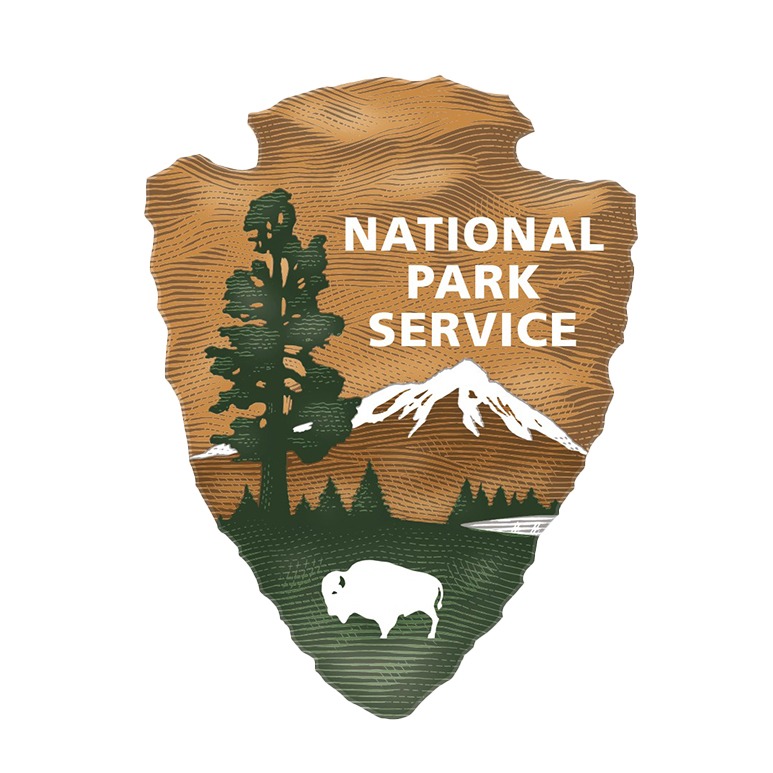*This is a 2023 archived project, view this year’s projects here.
Project overview: Gather information about the intersection of contemporary trails — including the Pacific Crest Trail and John Muir Trail — with significant cultural sites, and collaborate with affiliated Tribes to develop next steps for better documentation, interpretation, and protection of these resources.
How your support helps: Visitors are drawn to Yosemite by the iconic natural features and unique resources protected by its national park and UNESCO World Heritage Site status. Unfortunately, many respectful and well-meaning visitors aware of these designations can easily overlook the role Indigenous communities played in managing this landscape before it became a park. This disconnect is exemplified in the park’s system of trails, including portions of the Pacific Crest and John Muir trails.
Tribal members have informed National Park Service liaisons that contemporary trails follow routes used throughout Tribal memory and cross areas of special significance; archeological investigations have affirmed this history. The presence of highly significant cultural resources along trail corridors is well-documented, yet these resources are at risk. The combined impacts of erosion, increased visitor use, and unauthorized collection is drastic, irreversible, and painful for Tribes.
This year: In 2023, park staff will research and consult with Tribal partners to gather information about the intersections between potential cultural sites and modern-day Yosemite trails. They’ll collaborate with Tribal representatives to conduct site visits, investigate archeological survey data, and develop next steps for better documentation, interpretation, and protection of these delicate sites, artifacts, and cultural resources for affiliated Tribes and the public.
Project partners: Yosemite National Park and Yosemite’s affiliated Tribes: the American Indian Council of Mariposa County (aka Southern Sierra Miwuk Nation), Bishop Paiute Tribe, Bridgeport Indian Colony, Mono Lake Kutzadikaa, North Fork Rancheria of Mono Indians of California, Picayune Rancheria of the Chukchansi Indians, and the Tuolumne Band of Me-Wuk Indians

